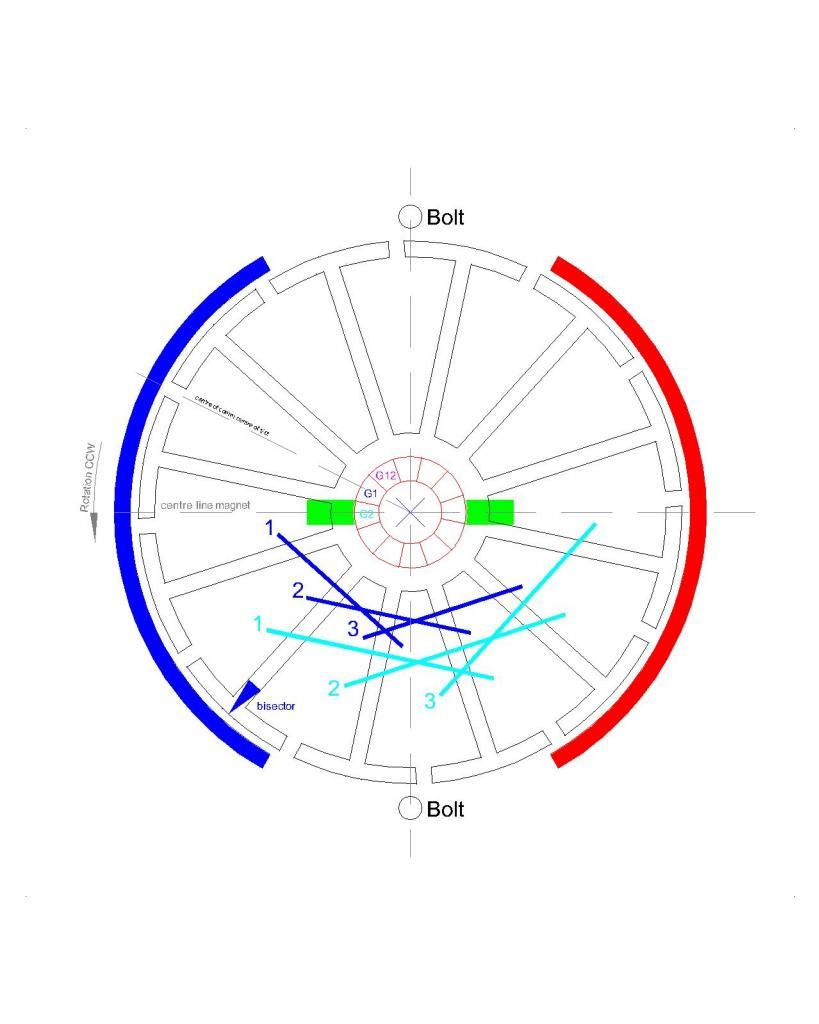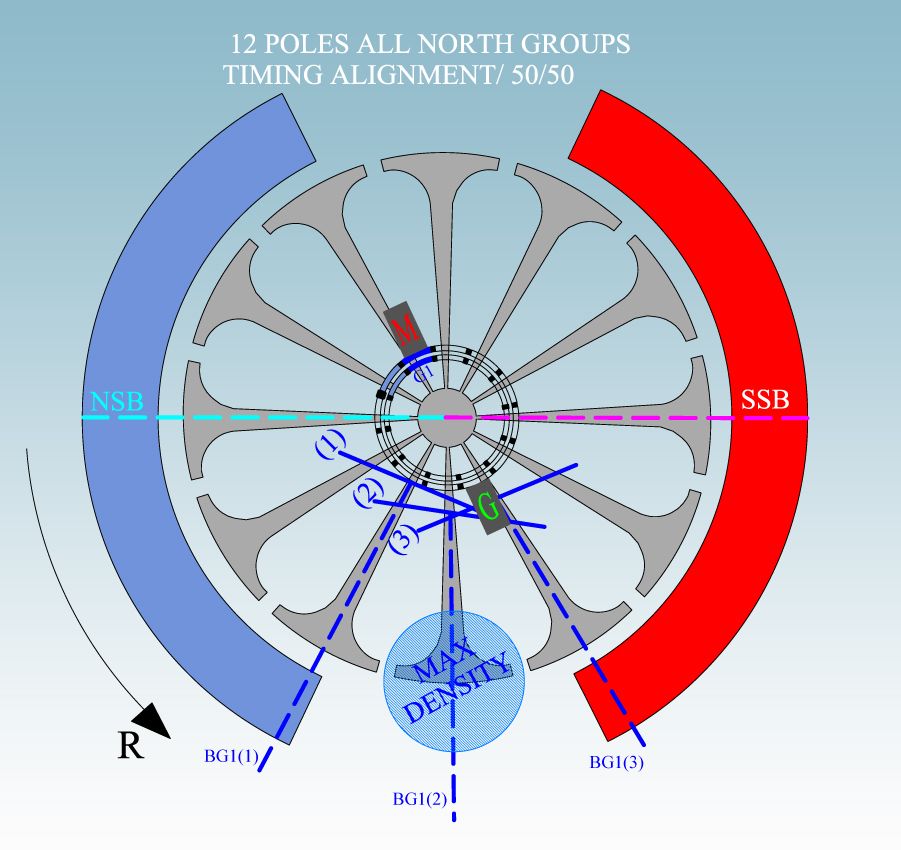Originally posted by HuntingRoss
View Post
We haven't used one comm. What are you trying to demonstrate?
From your diagram, the max density is at the bolt. That would make the motor very weak. Instead of using the lap winding, try using NN pairs. Set the bisector of the coil closer to the Stator bisector.
Midaz









Leave a comment: